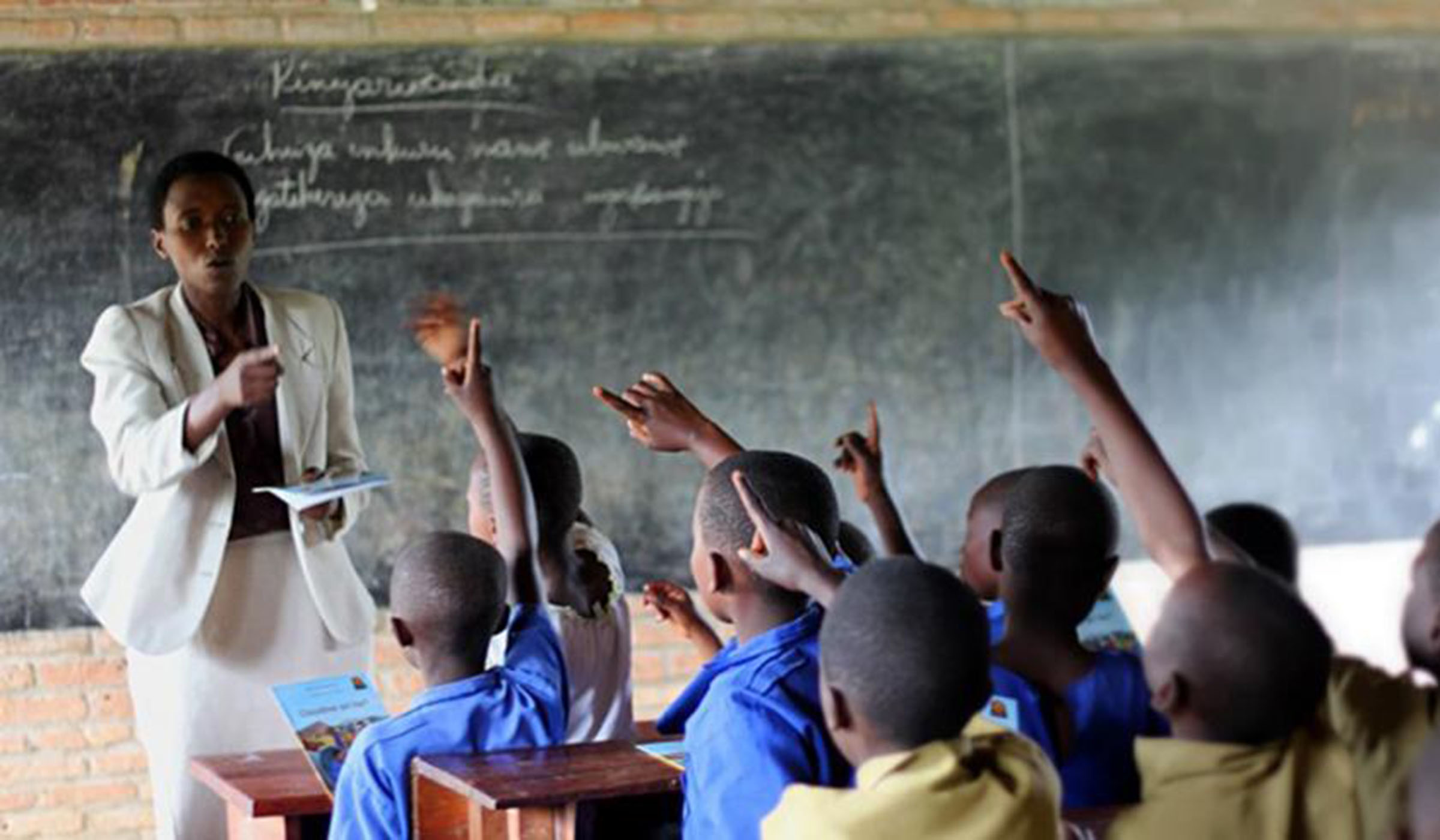

Every student is different. For instance, there are those who need extra attention to be able to learn well, while others do better with little to no supervision.
Therefore, it is every teacher’s role to make sure that no student is left behind, and this can be done by first of all understanding them as individuals and how they learn.
John Nzayisenga, the director of Kigali Harvest School, says treating every student equally is important, however, teachers should keep in mind that the learning need and speed of every child differs, and knowing how to go about it is key.
He notes that depending on the capacity of the student, when it comes to their understanding, they should be put in different categories so that it is easy for a teacher to identify them and provide the help needed.
He says using different teaching methods to balance the diverse needs of each student is important.
Students have their individual learning techniques; some learn fast while others need more time to understand. For instance, there are those that need practical demonstration for whatever it is they learn to understand better.
While others can easily understand when they are taught in theory, it’s an educator’s role to find a favourable balance.
What to consider
Emmy Ntigurirwa, a Swahili and English teacher at GS Ruramba, Nyaruguru District, says socioeconomic factors, individual learning history, and students’ background are just some of the factors that can determine the learning needs of every student.
He says this can even yield better results if teachers work closely with the students and parents/guardians, adding that it will be easier to find an appropriate way to help learners, especially if they have problems.
He says for students who are highly gifted or talented, or may be gifted in a single subject or across several areas, it’s advisable for teachers to find learning methods that encourage the use of higher thinking skills and independent study.
Ntigurirwa explains that this is so because the first task of any teacher is to know their students, and one of the key factors that can boost talent is the student’s education.
How it should be done
Alphonse Uworwayeho, a lecturer of mathematics at the University of Rwanda, believes that every teacher or educator has all sorts of students in their class.
To make sure that they carry all the students along, it’s their role to make sure they divide lessons into different sections, simply to be able to accommodate the various learning preferences that each of the students may have.
This strategy, he says, works for every student and the results are always impeccable, according to his experience as an educator.
"Teachers that make an effort to know their students often unlock a number of benefits when it comes to the learners. For instance, the ability to create an environment that is psychologically safe for learners,” Uworwayeho says.
Alternatively, he says, by doing this, students learn in an environment that favours their needs, which helps them shine even after school.
Also, Uworwayeho notes that the time wasted when trying to get students to grasp content at a particular time is minimised.
Dividing the lesson into different sections also helps increase the success and engagement of the students, because this is normally done in groups, unlike where all students are made to learn in a single group.
"It also helps develop enhanced emotional intelligence within the classrooms. This is because students are most likely to be motivated by a teaching environment, thus, grouping them according to their capability can help improve their learning in general,” he says.
He adds that different students need a personal connection depending on their needs, teachers should strive to engage them emotionally because it will motivate, and at the same time, help them not to forget what they learned.
editor@newtimesrwanda.com


